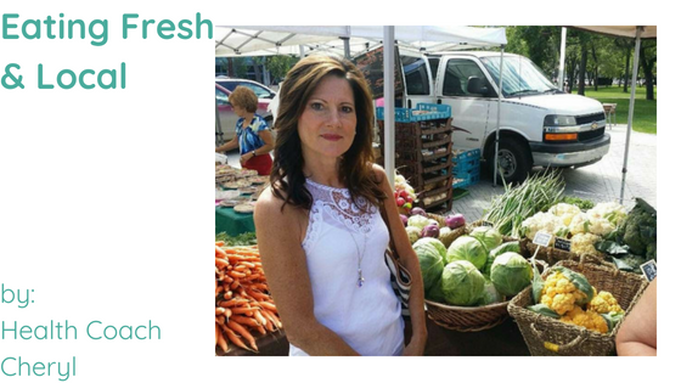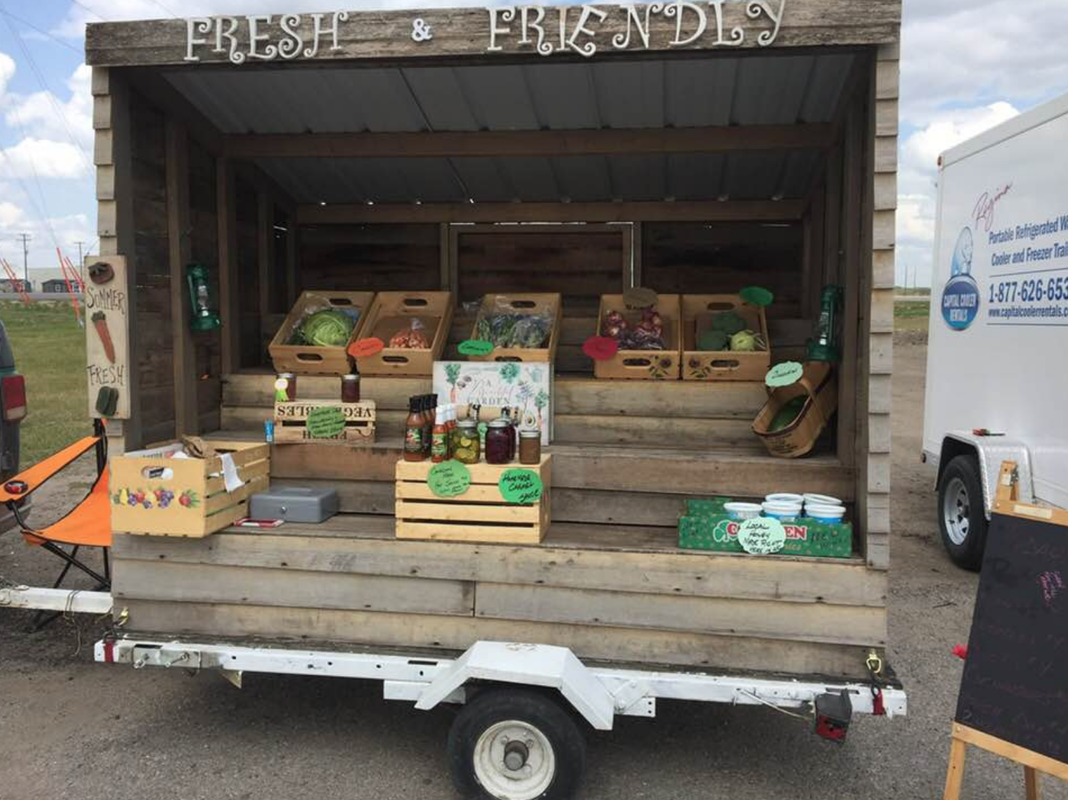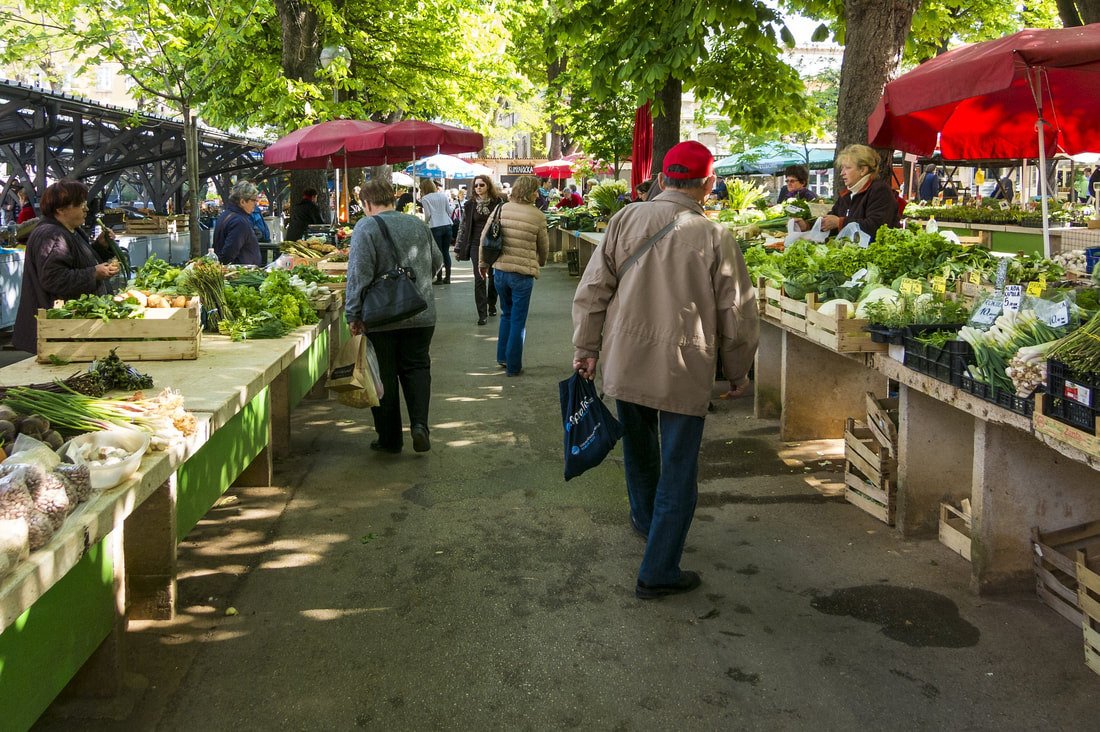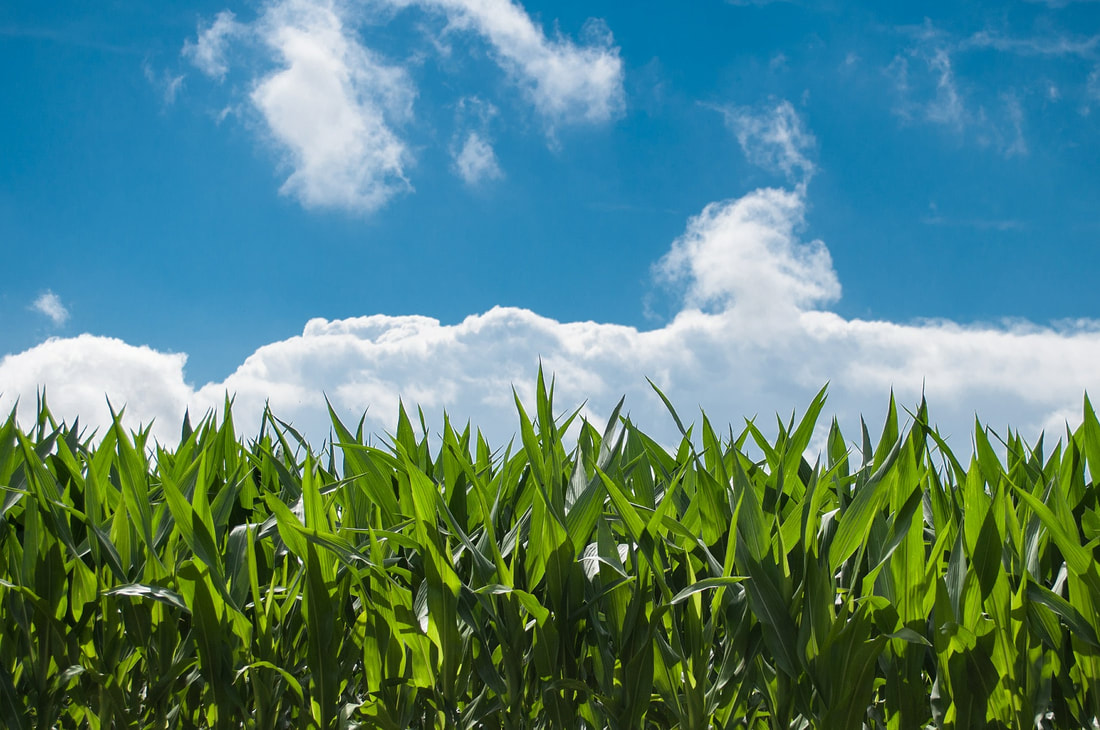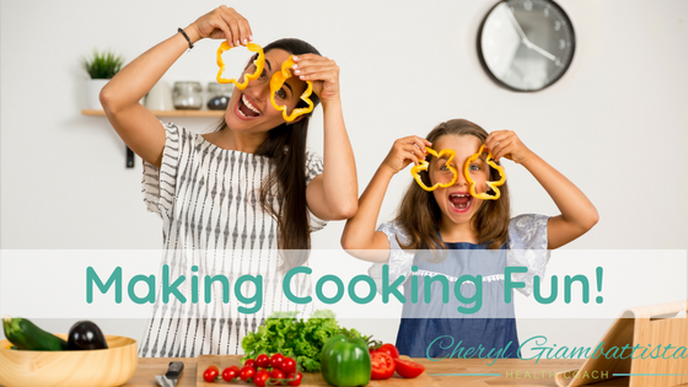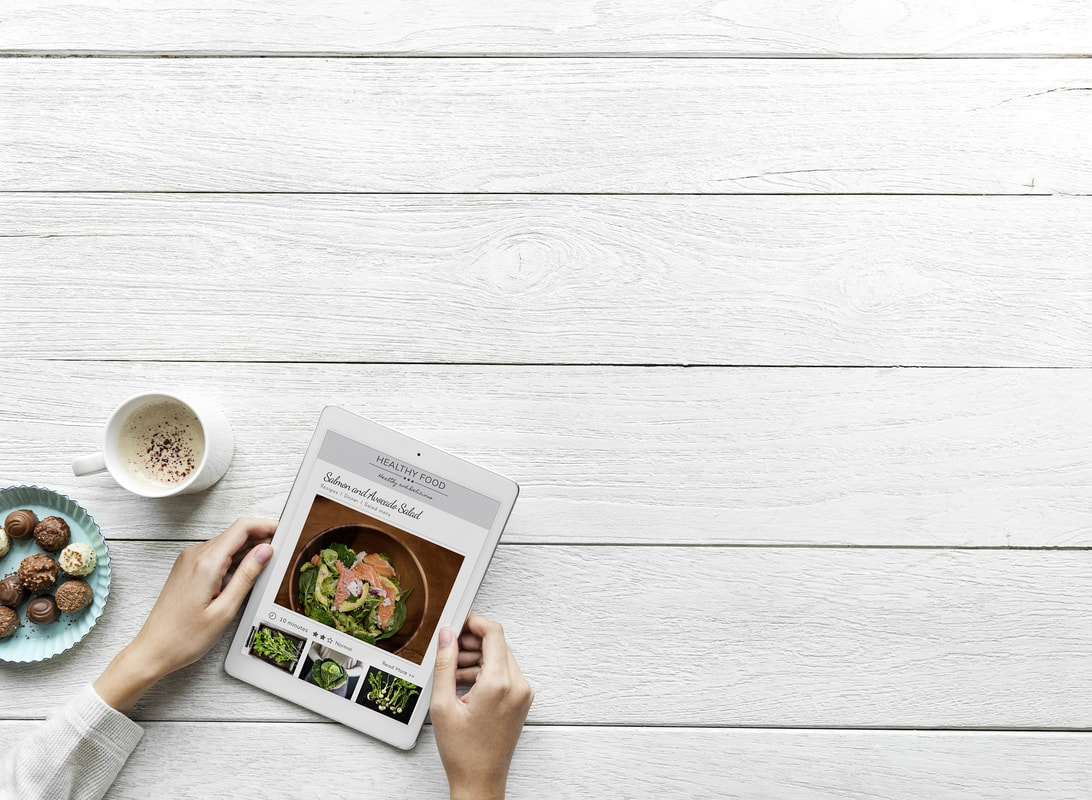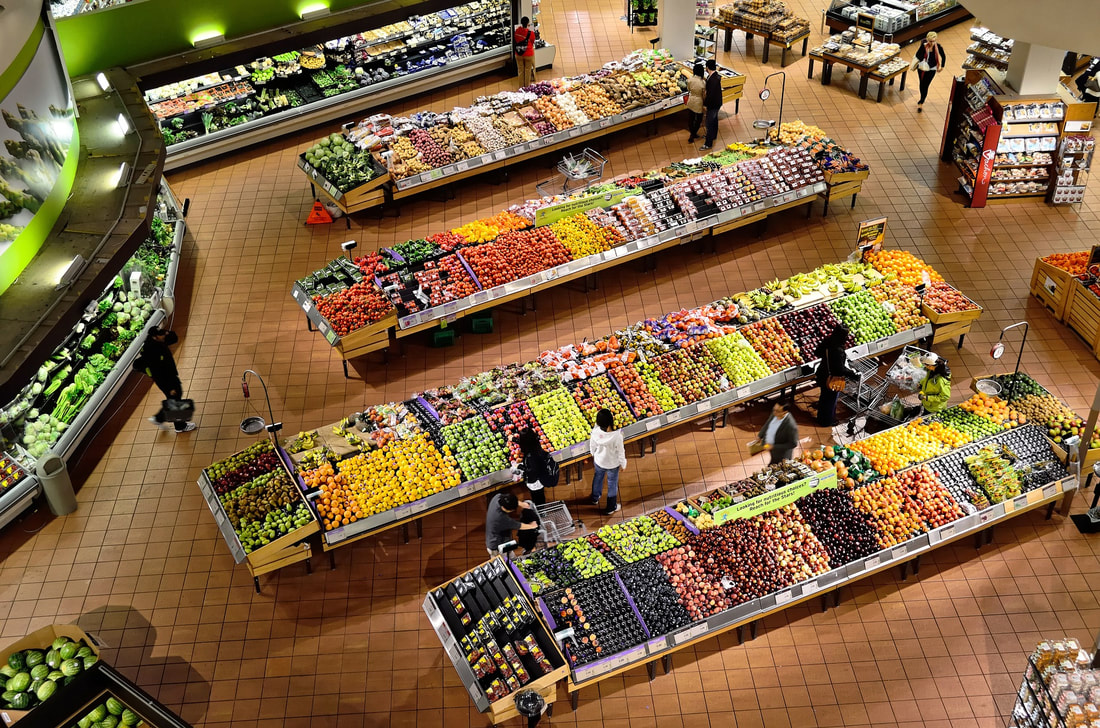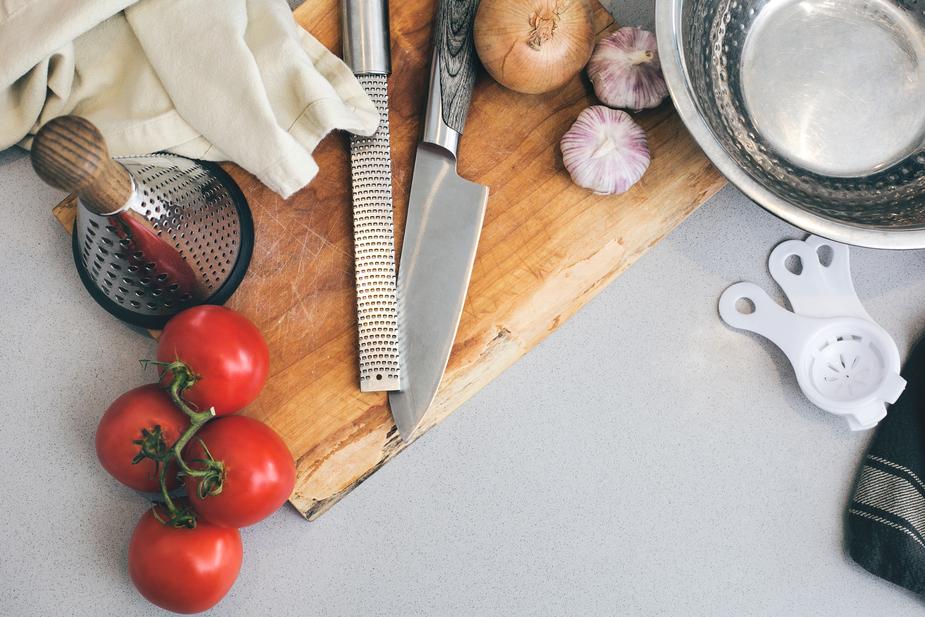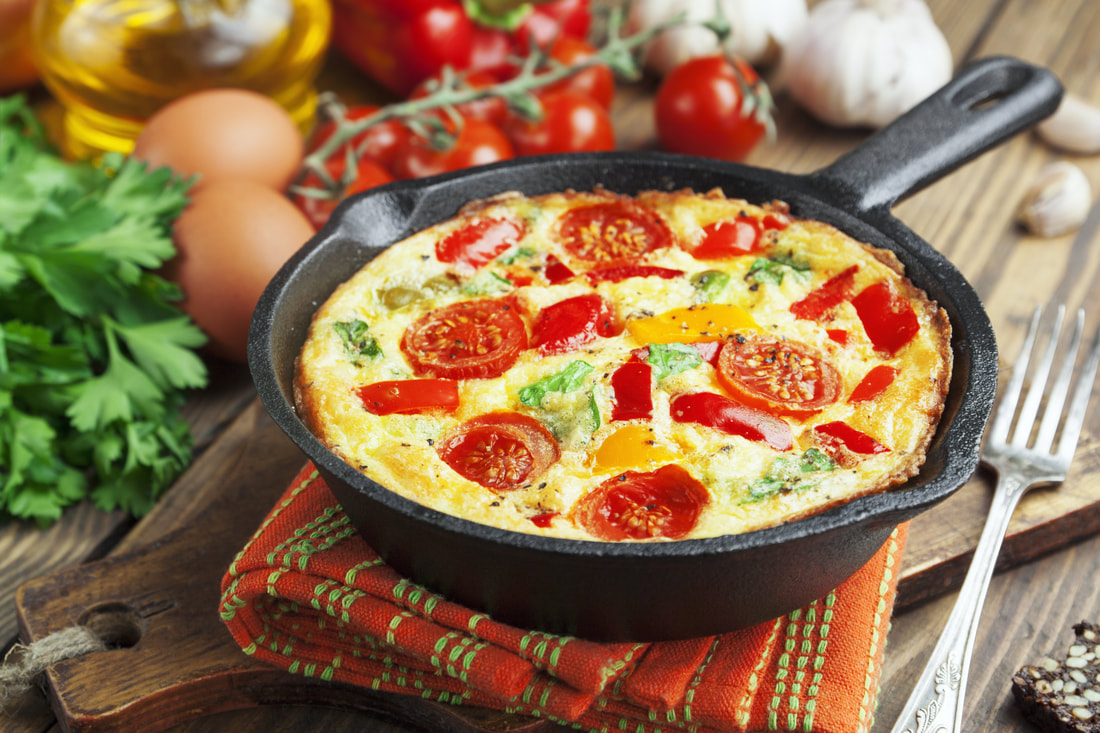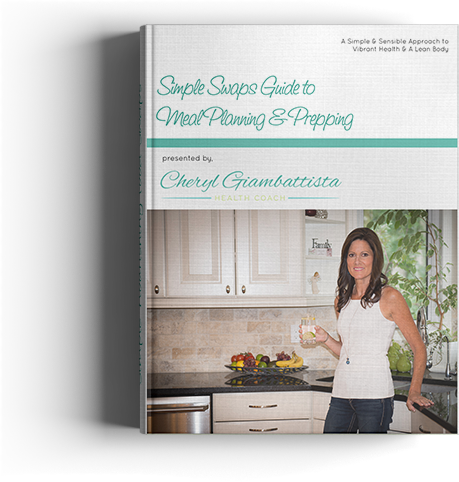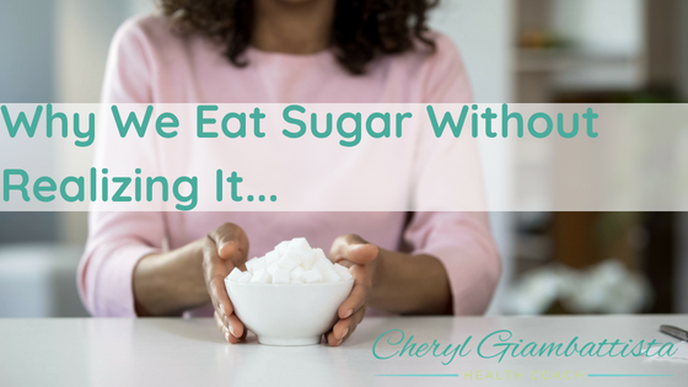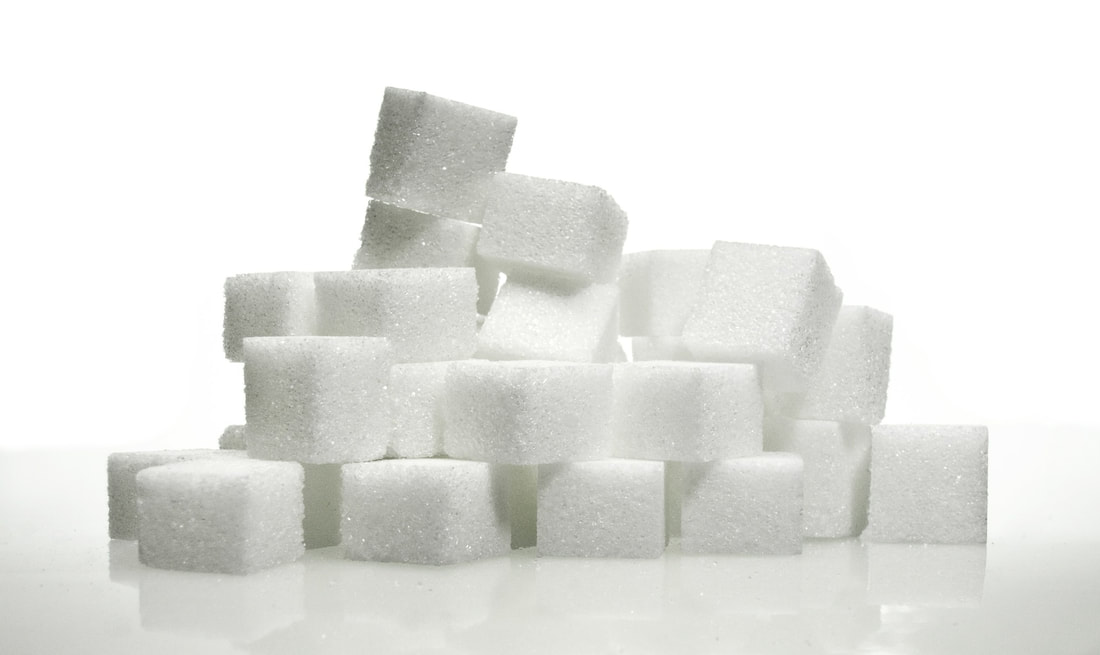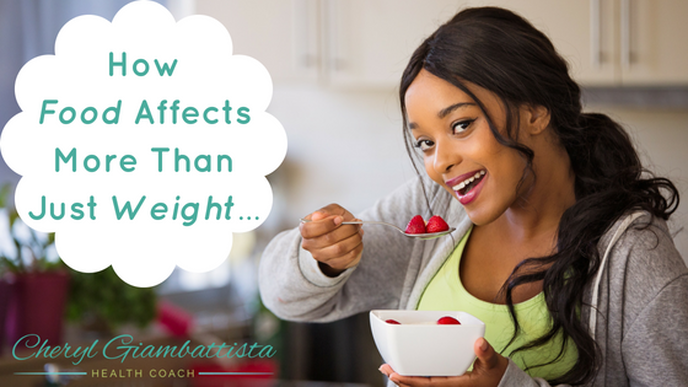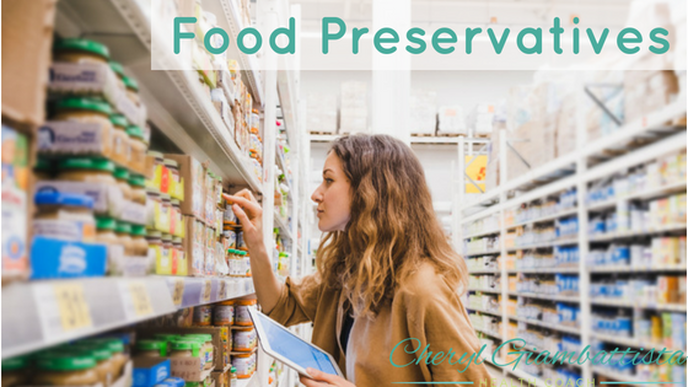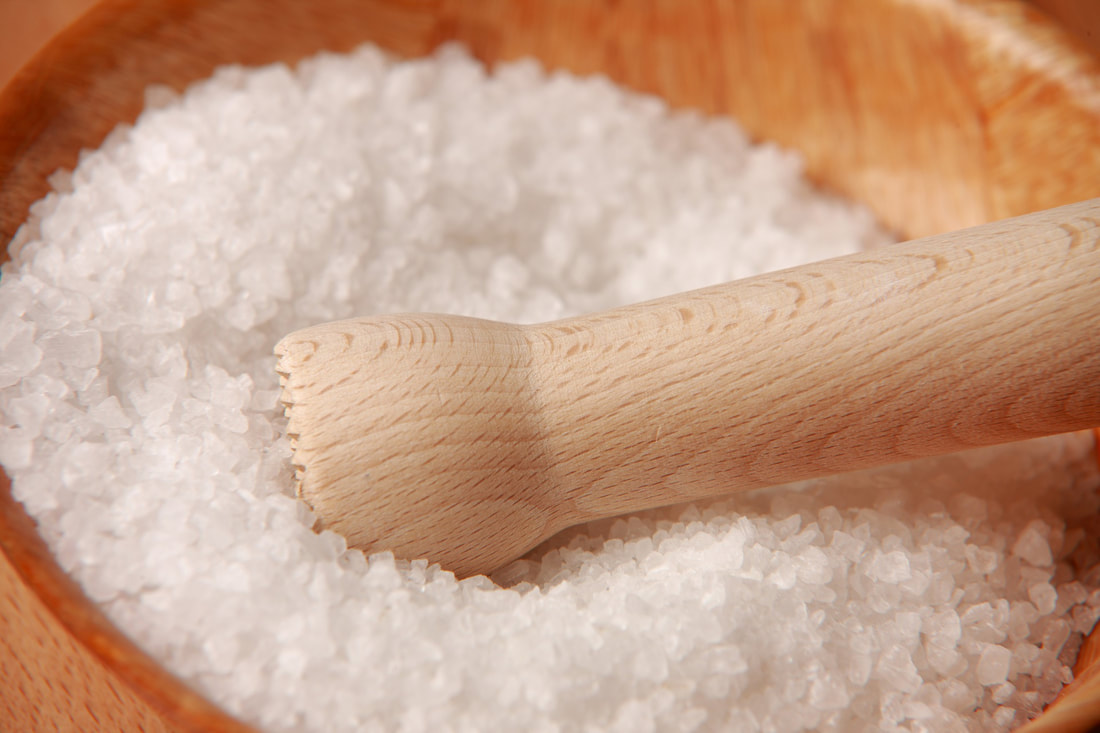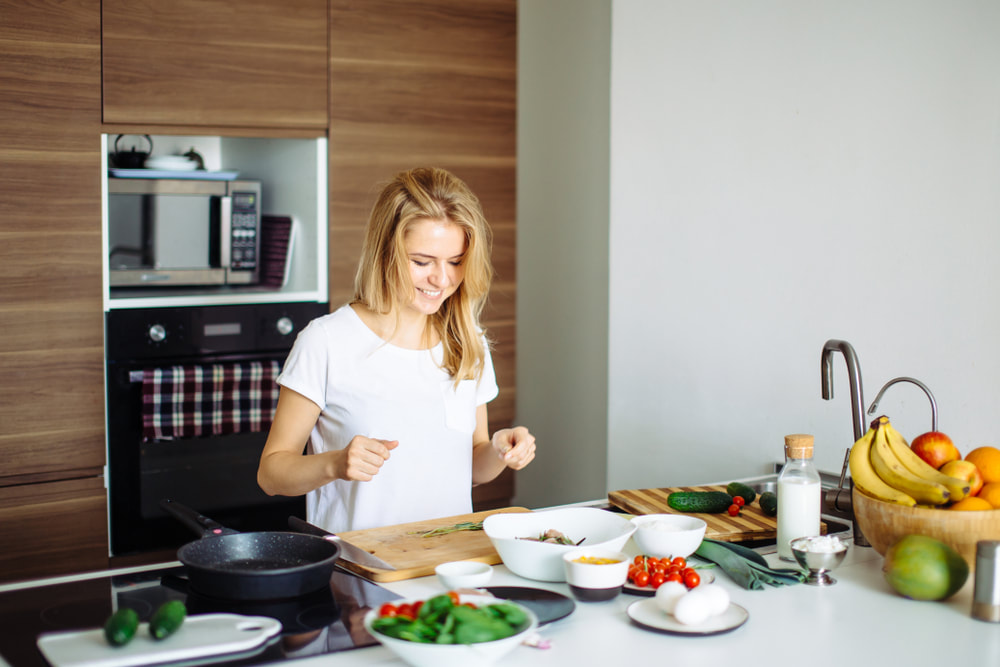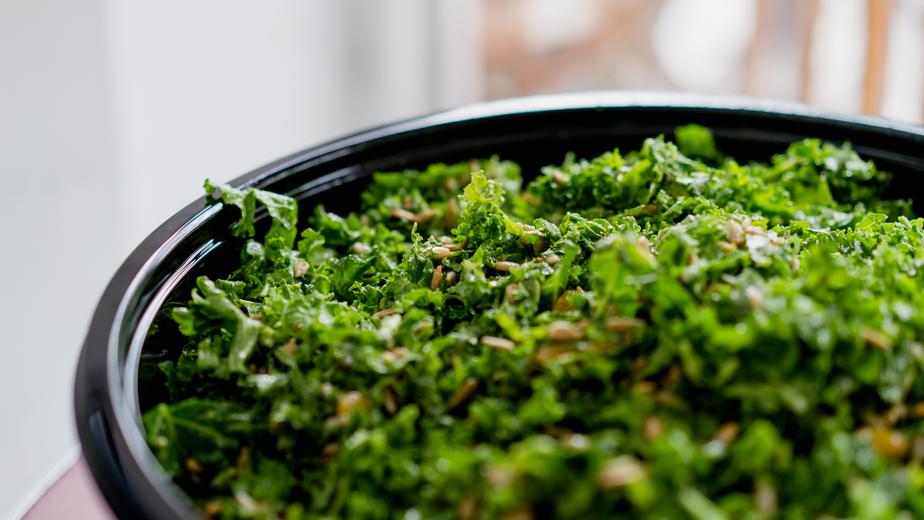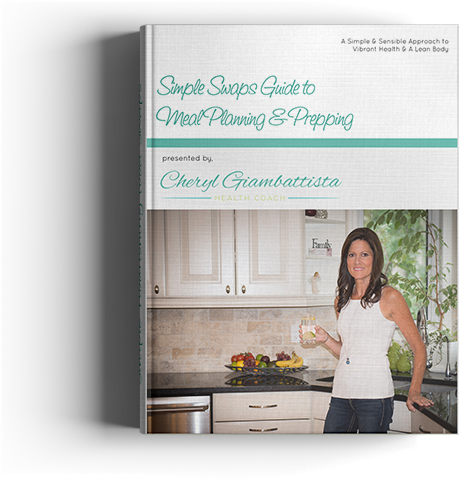What Does Summer Mean?
It means fresh produce!
Like the holidays, summer gets a bad reputation for its effect on our health. It is a social season full of delicious food, and it can feel like it's full of temptations that make it easy to stray from healthy eating. However, the abundance of fresh, local produce is something people forget about when they talk about the pitfalls of summer eating. Summer is actually an amazing time for healthy eating, and doing so is easier than we might think.
Today I'm going to talk about where to find fresh and local produce and how to integrate them into our diets, as well as the many benefits eating local has on our lives.
Like the holidays, summer gets a bad reputation for its effect on our health. It is a social season full of delicious food, and it can feel like it's full of temptations that make it easy to stray from healthy eating. However, the abundance of fresh, local produce is something people forget about when they talk about the pitfalls of summer eating. Summer is actually an amazing time for healthy eating, and doing so is easier than we might think.
Today I'm going to talk about where to find fresh and local produce and how to integrate them into our diets, as well as the many benefits eating local has on our lives.
The Best Places To Buy Local
You might be asking, where is the best place to buy local produce in my community? Well, one of the best places is to find farmer's markets in your community. As pictured above, the Fresh and Friendly Truck is a pop up market in the White City community. After a long decline, the number of farmer's market is growing again because of the demand for local and organic foods. Also, when we shop at farmer's markets we support small businesses and help local farmers prosper and grow, win-win!
I also find local produce at certain groceries stores when they stock fresh produce, pick your own berry farms and even friend's gardens when I am lucky! Another great idea is to post in local buy & sell groups to see if any neighbours have produce to sell.
There are also a few local companies with a mission to help people access fresh produce in their busy lives. For example, Local & Fresh in Regina is a home delivery service that specializes in local produce, meat and other goods. Zesty Kits is another Regina company that delivers healthy, locally made meal kits to your home. If you're interested in Zesty Kits, contact me for more information and a discount!
I also find local produce at certain groceries stores when they stock fresh produce, pick your own berry farms and even friend's gardens when I am lucky! Another great idea is to post in local buy & sell groups to see if any neighbours have produce to sell.
There are also a few local companies with a mission to help people access fresh produce in their busy lives. For example, Local & Fresh in Regina is a home delivery service that specializes in local produce, meat and other goods. Zesty Kits is another Regina company that delivers healthy, locally made meal kits to your home. If you're interested in Zesty Kits, contact me for more information and a discount!
Buying Local Is Better For Your Health
Along with being delicious, eating local is also better for our health! Some of the main reasons are:
- Local foods are generally richer in nutrients. Local produce most often ripens naturally and is picked fresh. It also has a shorter distance to travel from the farm to us, so there is less time for the nutritional value to decrease. Produce that needs to be shipped long distances is often picked before it is ripe, making it less nutritious and less tasty.
- Local foods are oftentimes exposed to less chemicals and pesticides. Foods that are picked when unripe are often artificially ripened with chemicals such as ethylene gas. Also, if our food has shorter distances to travel, it has less opportunity for contamination due to washing, shipping and distribution.
- Buying local gives us a better connection with our food. We are more aware of where our food comes from, who grows it and what their practices are.
Buying Local Is Better For The Environment
Buying local doesn't only benefit our personal health, but it can also positively affect the environment around us:
- Buying local reduces our use of fossil fuels. Like I mentioned above, when we buy local, our food has a much shorter distance to travel from the farm to us. This means that less fossil fuels need to be used by trucks, ships, planes and trains to ship our food.
- Buying local encourages us to use less plastic. Farmers markets generally use less plastic than grocery stores to package their goods, and customers are more motivated to bring their own non-plastic bags to shop.
- Local food markets help preserve green space. Huge grocery stores often take up a lot of land with detrimental effects like diminishing green space and animal habitats. Local producers oftentimes use existing spaces for their markets, and only set up temporarily. It is also in the interest of farmers to preserve and develop green space!
Simple Wins:
"Down 3.5 lbs and 0.5 " after week 1. Mentally I feel more in control and less upset about where I am at in my journey. Tomorrow morning is actually my weigh in for week 2 so looking forward to seeing those results. I was at a family reunion this weekend where healthier options weren't always the main focus, however, I didn't go overboard like I usually do!"
-Simple Swaps Member Michelle
"Down 3.5 lbs and 0.5 " after week 1. Mentally I feel more in control and less upset about where I am at in my journey. Tomorrow morning is actually my weigh in for week 2 so looking forward to seeing those results. I was at a family reunion this weekend where healthier options weren't always the main focus, however, I didn't go overboard like I usually do!"
-Simple Swaps Member Michelle
Integrating Local, Fresh Food Into Our Diets!
| Wondering how to integrate local and fresh food into your diet? Or have you already done so, and are wanting to chat about new recipes ideas to try? I'd love for you to book a free health coaching call. I want to find out what you are struggling with and give you my best tips to start you on a journey toward a lean and healthy body for life. My clients often tell me after their first week in the Simple Swaps program, their cravings for sweets settle down and they are able to make better food choices naturally. They love the new freedom they find with regards to food! Click on the button below to book your free call now. |
References:
https://foodrevolution.org/blog/why-buy-local-food/
http://msue.anr.msu.edu/news/7_benefits_of_eating_local_foods
https://well.org/conscious-consumers/10-advantages-of-buying-local/
https://foodrevolution.org/blog/why-buy-local-food/
https://foodrevolution.org/blog/why-buy-local-food/
http://msue.anr.msu.edu/news/7_benefits_of_eating_local_foods
https://well.org/conscious-consumers/10-advantages-of-buying-local/
https://foodrevolution.org/blog/why-buy-local-food/

